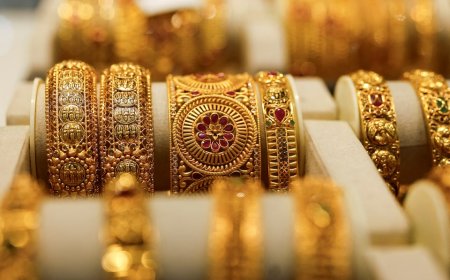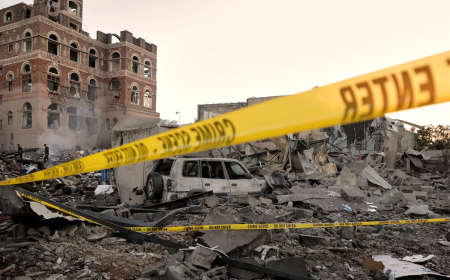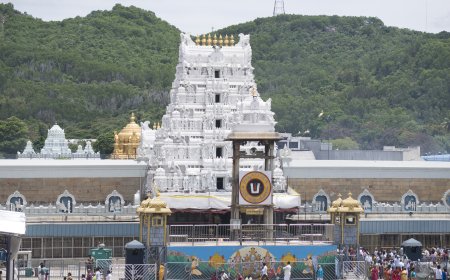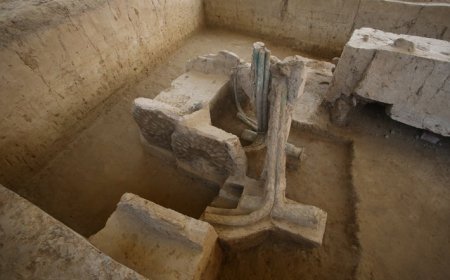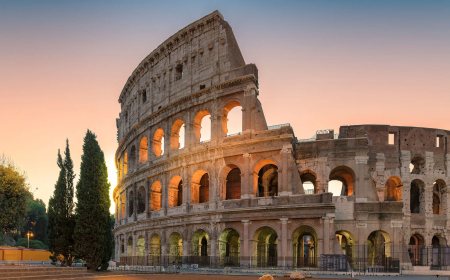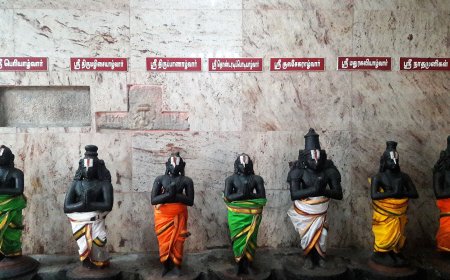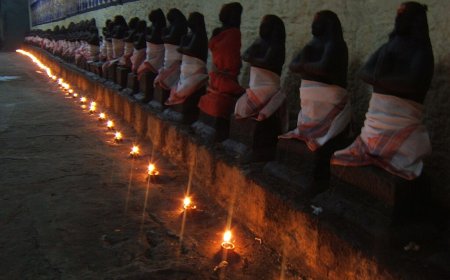Study Uncovers Why Ancient Roman Concrete Has Stood the Test of Time
Recent research sheds light on the unique composition of Roman concrete, explaining its remarkable durability over thousands of years.
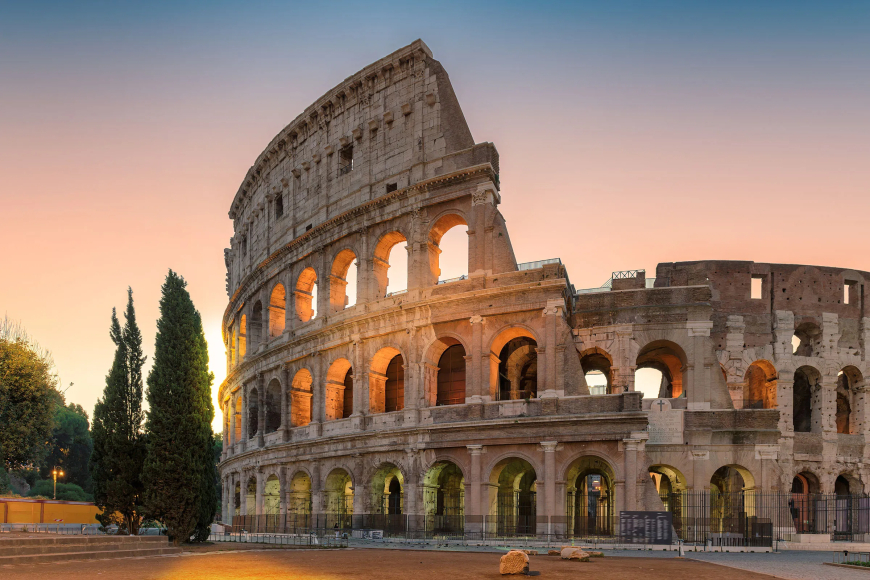
Researchers have uncovered the secret behind the exceptional durability of Roman concrete, which has withstood the test of time for thousands of years. This discovery highlights the unique composition and mixing techniques used by ancient builders, setting Roman concrete apart from modern alternatives.
The study reveals that Roman concrete incorporates volcanic ash, which contributes to its resilience. This mineral-rich ash reacts with seawater, allowing the concrete to form new compounds that enhance its structural integrity over time. Unlike modern concrete that can deteriorate, Roman concrete's properties continue to improve as it ages.
Further analysis showed that the method of mixing these materials played a crucial role. The careful blending of lime, volcanic ash, and aggregates created a robust material that has endured harsh environmental conditions, including exposure to seawater.
This research not only provides insights into ancient construction techniques but also offers valuable lessons for modern engineering. Understanding the principles behind Roman concrete could lead to advancements in sustainable building materials and practices.
As researchers continue to study this ancient innovation, the findings serve as a reminder of the ingenuity of Roman engineering and its lasting impact on construction today.
